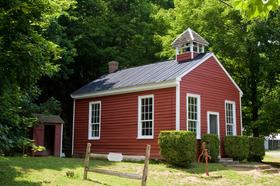ОЫОЫВю»ӯ school was established to provide a free education for everyone living in the United States. It has been dubbed the great equalizer, providing the same opportunities for all students, regardless of race, background or income level. However, some public schools are bucking this philosophy, at least for students who live outside their immediate boundaries. One of the recent trends catching fire in public schools across the country is the charging of tuition to students living outside district boundaries. Fair? It depends on who you ask.
Tuition Spreading, Rates Increasing
reports that many school districts across the country charge tuition to students who want to attend the school from outside the district. What is interesting about this latest trend is the amount of tuition charged, which is increasing exponentially at some in-demand schools. While the typical going rate for out-of-district transfers ranges from a few hundred to a few thousand dollars, some schools charge students $10,000 or more for a year of education.
The new rates are comparable to those at private schools, which some public institutions willingly admit they are trying to compete with. The school board president for the Rye Brook District in New York told Business Insider, вҖңYou get a first-rate education. You hear about charter schools. You hear about private schools. You hear about parochial schools. This is just another option.вҖқ
Rye Brook recently announced plans to charge tuition rates of $21,500 for slots in middle and high schools for






































